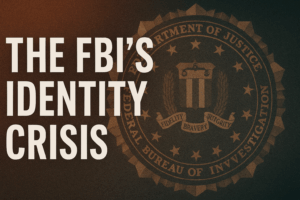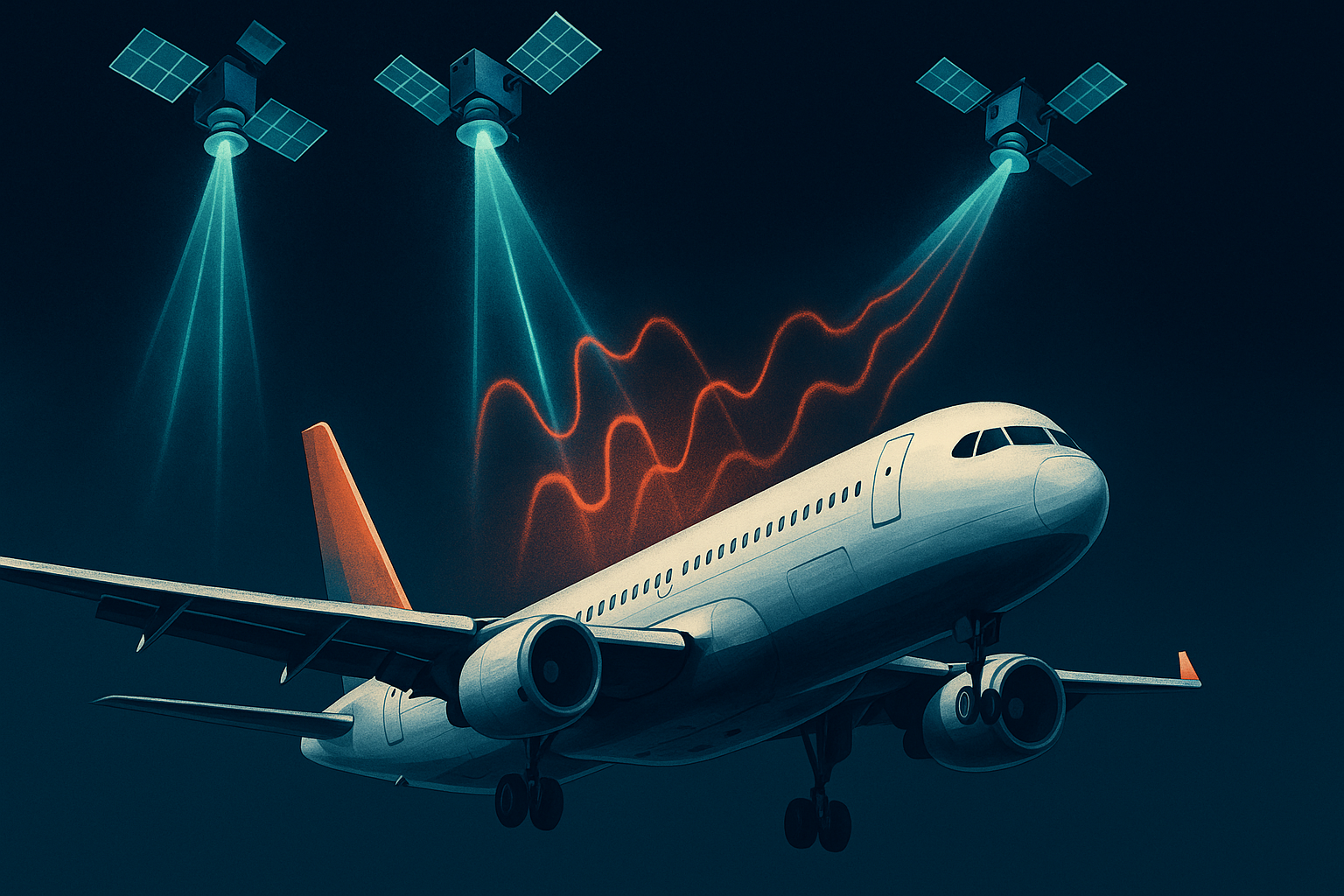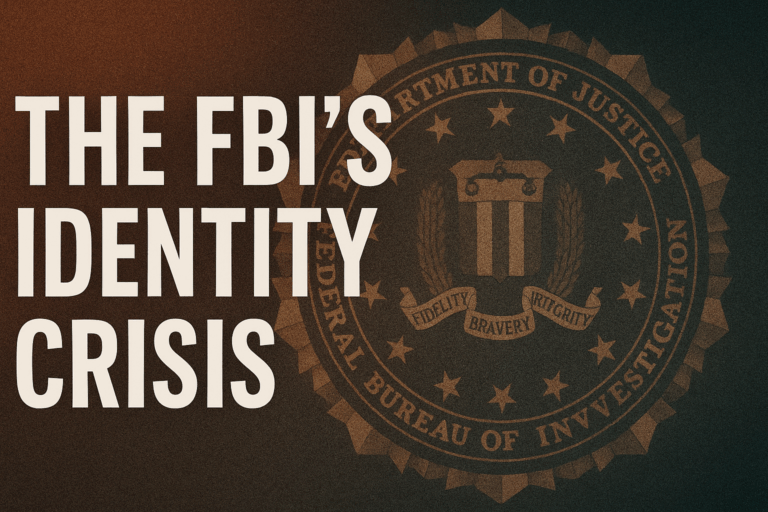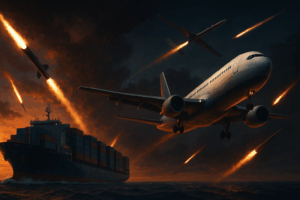In recent months, one of the most concerning geopolitical developments outside of the Middle East has been the sharp increase in GPS spoofing and jamming incidents surrounding the Ukraine conflict. These attacks—where bad actors deliberately manipulate or block satellite navigation signals—are not new to warfare, but their growing prevalence in civilian airspace is deeply troubling. Interference with global navigation satellite systems, particularly the U.S.-based Global Positioning System (GPS), has now reached a level where nearly 1,500 flights per day are being affected. What began as a military tactic has evolved into a widespread risk with consequences that extend far beyond the battlefield.
At its core, GPS spoofing works by broadcasting counterfeit signals that trick receivers into miscalculating position, altitude, or timing data. For an aircraft, this means a false understanding of its location in the sky. Pilots may suddenly see contradictory cockpit alerts, inaccurate terrain warnings, or receive false navigational cues that could lead them into restricted or hazardous zones. Even if crews are trained to recognize potential spoofing, the split-second confusion it causes can create distractions during already high-workload phases of flight. In a combat zone like Ukraine, the threat is expected. But the problem has spilled into civilian corridors used by international airlines, elevating the risk to global aviation safety.
The consequences are serious. While commercial aircraft are designed with multiple layers of redundancy, including inertial navigation systems and ground-based aids, GPS remains the backbone of modern aviation. It guides everything from en-route navigation to precision landings and timing systems that synchronize global communications and operations. When GPS data becomes unreliable—or worse, actively deceptive—what should be routine flying can suddenly become dangerous. Pilots may be forced to rely on less precise backup systems, and in some cases, may unknowingly edge closer to restricted airspace, contested zones, or even terrain.
Airlines are already feeling the impact. Companies such as Delta and other major carriers operating in or near Eastern Europe have been forced to reevaluate flight paths, reroute operations, and increase buffer zones around known interference areas. These adjustments are costly. Longer routes mean more fuel burn, which comes at a time when fuel costs are already elevated by global market volatility. Additional delays ripple across airline schedules, straining resources and frustrating passengers. Beyond logistics, airlines are also allocating resources to retrain crews on recognizing GPS interference, ensuring that pilots are mentally prepared to manage the uncertainty caused by spoofing events.
From a business perspective, the threat of GPS interference highlights how geopolitical conflict now imposes hidden costs on global commerce. Aviation depends on efficiency, predictability, and safety—all of which are undermined when a hostile actor can manipulate navigation systems with relative ease. While spoofing incidents may not yet have led to a major aviation disaster, the mere possibility has forced airlines and regulators to prepare for worst-case scenarios. It’s a stark reminder that in modern conflicts, the front lines are not only geographic—they extend into cyberspace, the electromagnetic spectrum, and the civilian infrastructure that underpins global trade.
As someone with a strong aviation background and a family of pilots, I can fully appreciate the gravity of this challenge. Reliable navigation data is not a convenience; it is the lifeline of safe operations. A few minutes of navigational confusion at altitude may seem manageable, but during approach to an airport in poor weather or while navigating near conflict zones, those minutes can determine the difference between a safe landing and catastrophe. The psychological strain on flight crews should not be underestimated either. Pilots already manage a complex workload, and the addition of spoofed signals creates an unnecessary and dangerous distraction.
Looking forward, the international community faces tough questions. Regulators and aviation bodies such as the International Civil Aviation Organization (ICAO) and the European Union Aviation Safety Agency (EASA) will need to strengthen guidelines for recognizing and mitigating spoofing incidents. Airlines will have to continue adjusting routes and investing in training, while manufacturers may need to develop more resilient navigation systems that can cross-check satellite signals with ground-based or encrypted alternatives. Meanwhile, governments must grapple with the reality that GPS, once seen as a nearly untouchable backbone of global infrastructure, is now a target.
The Ukraine conflict has shown how technological warfare can easily spill over into civilian life. Just as ransomware attacks against hospitals demonstrate the risks of cyber conflict, GPS spoofing against civilian aircraft illustrates how state or non-state actors can jeopardize global safety. For airlines, regulators, and passengers alike, the message is clear: aviation security no longer depends solely on physical protection of aircraft and airports—it now hinges on the integrity of the invisible signals guiding every flight in the sky.










